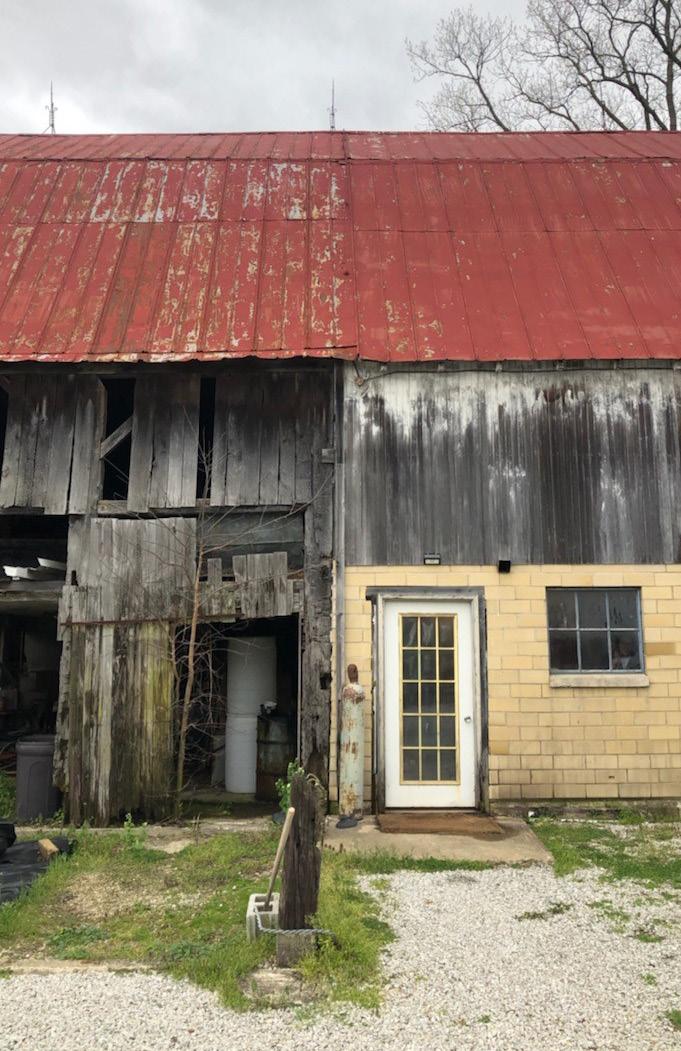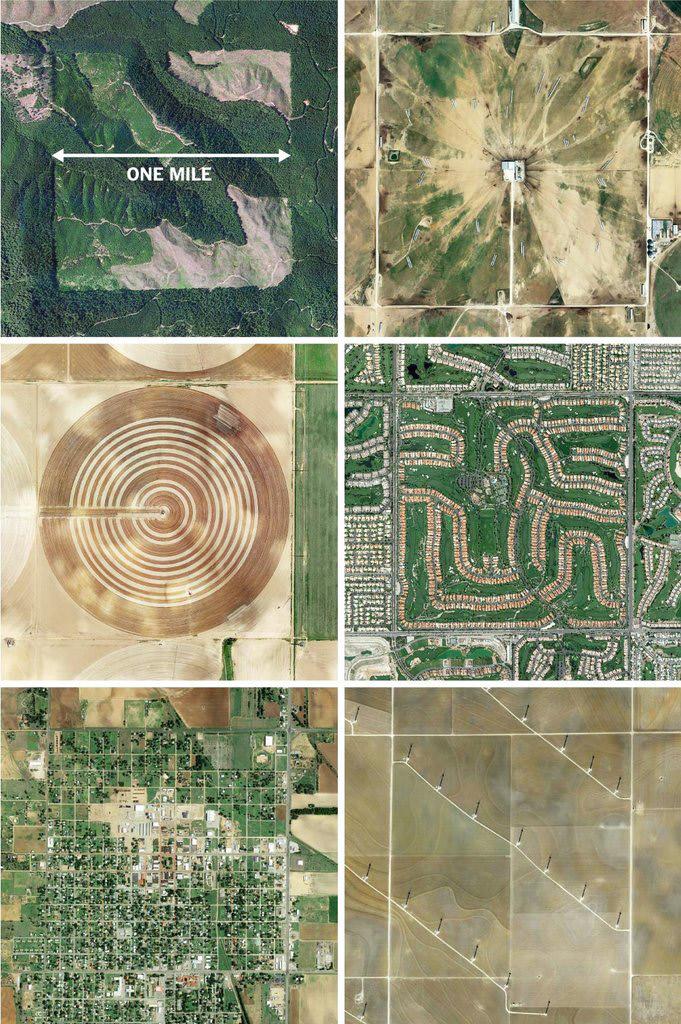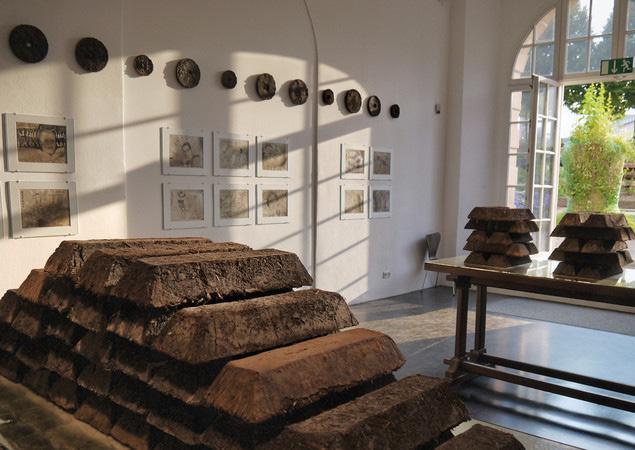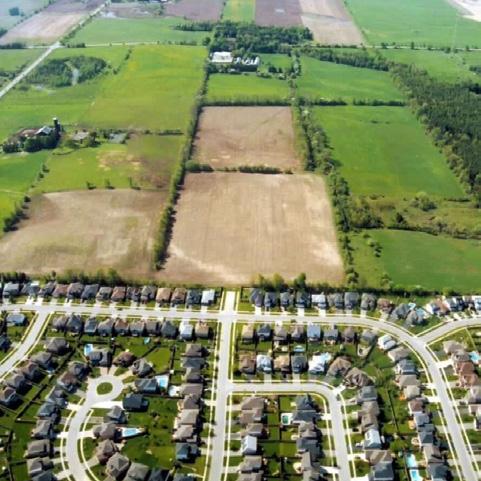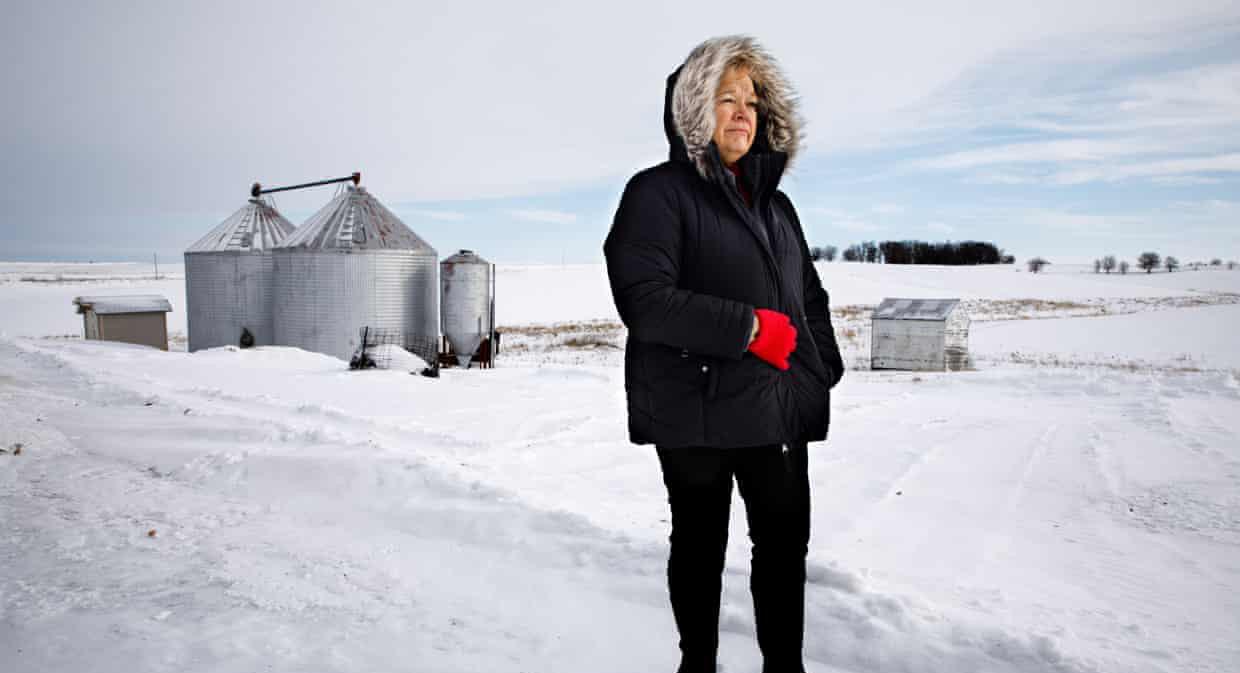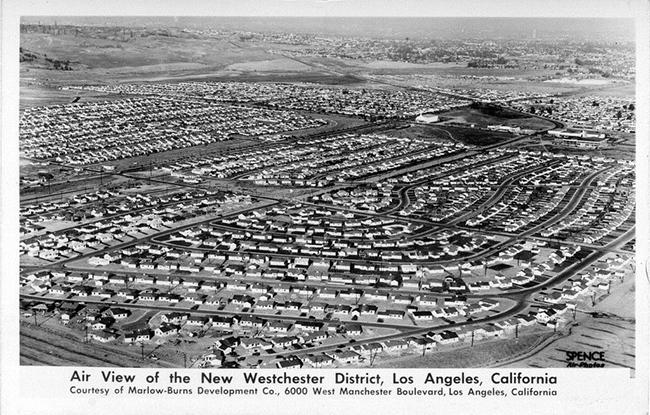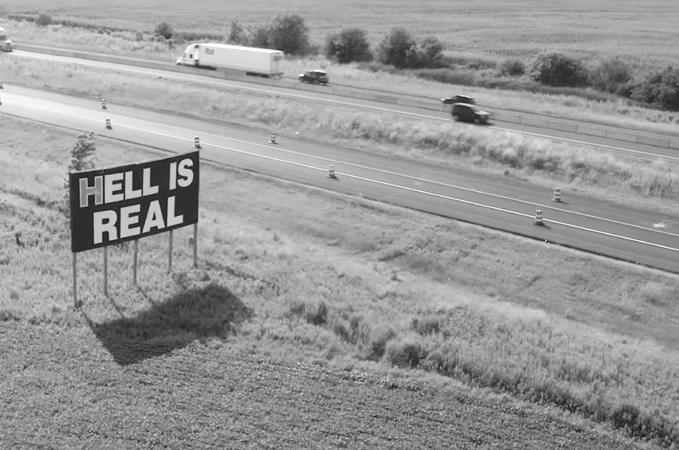
7 minute read
5.2 - Phelp’s ‘Sequel to Suburbia
from Residual Farmland
by clareknecht
Sequel to Suburbia: Glimpses of America’s Post Suburban Future is an interest in politics and planning of suburban transformation which the author, Nicholas A. Phelps, found interest in the Joel Garreau’s term “edge city”. The excerpts taken from the book beyond are stemmed form this work as well as “Governing Post-Suburban Growth”, the prequel which was written in 2008.
The Midwest does not appear to offer an auspicious vantage point from which to reconsider aspects of existing urban theory. It is somewhere and something destined to be overtaken by some other urban form as the urban frontier left it behind.
Advertisement
However, living in the region prompts me to question elements of existing urban theories. In particular, the modern ideal of the suburban and its specific relation and outlining of the American Dream.
In particular, is it surprising to find that the sprawl outlining Midwest cities is that of third or more iterations of development.
This begs the question about the land development process and whether it was all of one piece. This inquiry could lead to something bigger in the research agenda concerning what may come after suburbia.
This agenda certainly includes questions about the character of settlements that could be considered post-suburban. It also includes the question of what post-suburban politics might consists of, specifically regarding the development of agricultural industry and technology.
In the years after World War II, American people and businesses of all sorts moved out of cities or approached them by way of the housing tracts, malls, and campus industry and office developments that steadily coalesced into a distinct and expansive new ring of outer suburbs around the major cities of the United States. They came to form a nearly contiguous conglomeration or matrix of elements in an outward expansion of America’s major cities. However like the urban extensions of European towns and cities, they were, from the start, more diverse in their origins in complexions and we had come to believe: sometimes home to the sorts of major employers that attracted subsequent residential development, sometimes representing bedroom communities that demanded shopping malls and employment opportunities, sometimes coalescing further around railroad station towns but at other times stuck out instead in vast expanses crisscrossed it bounded by major highways.
Although there are some reasons to dub the outer suburbs a “geometry of nowhere”, to introduce James Howard Kunstler’s term, there is little doubt that they have come to represent a distinct place of residence and way of life, and the site of much new economic opportunity.
Indeed, as Richard a walker contended sometime ago, it is hard to conceive of success of postwar America capitalism without these new suburbs. They represented a propitious “spatial fix” (or geographical embodiment of) for the peculiar strengths of American capitalism during the time and help to generate the profits being produced by American businesses of all sorts during this time. They were the embodiment of America’s fortis mass production mass conception economy. During the 1950s and 60s, government articulated a national interest in central city revitalization, while at the same time promoting massive redistribution of population in capital investment from central cities to suburbs. The benefits of employment decentralization to the outer suburbs clearly accrue to the federal government in terms of national economic performance. It hardly seems credible that the federal government was not aware of the fact, and it clearly was complicit in encouraging a process. Federal and state investments in major new route infrastructure, incentives in the form of mortgage relief, a growth machine politics, and the fledgling, and permissive, planning control of rule counties created something of a tabula rasa for development on unincorporated land. This is at times fairly limited markets for development so local banks, insurance companies, real estate brokers, and land speculators, developers, and House builders grow international business entities. The business of producing the built environment - what David Harvey terms the secondary circuit of capital may yet become America’s primary international business.
The development of outer suburbia became a national business.
Although suburbanization was not confined to the United States the mass suburbanization of single-family detached houses, front yards, shopping malls, auto-mobile dependent lifestyle, and low density sprawl was peculiar to it. Suburbs have overwhelmed the centers of cities, creating metropolitan regions largely for formed of suburban parts. So much were cities overwhelmed that at the end of the 20th century it was possible to regard the outer suburbs of America cities as a little short of a new urbanity.
Are the outer suburbs instead by now the urbanity of an older, first modernity. They were the ultimate logical expression of the sorts of personal mobility and the attendant organization of land use promised by the motor car as early as the first decade of the 20th century, and expression of bureaucratic, organized capitalism, and the rational special configuration best suited to fighting late modernities Cold War.
Once a spatial fix allowing American capitalism to flourish, suburbia has now become a barrier to for the accumulation in the United States. These contradictions, it can be suggested, were latent in the format of an outer suburban development in the web of interest that stimulated such development. For Ulrich Beck, a politics of a secondary modernity has emerged as a result of the unintended consequences of a first modernity. Modern capitalism produced a set of significant environmental and social side effects. These have been as much product of the state as the private sector –
Some of the barriers that suburbs themselves now represent to future accumulation are registered and present interests such as transit oriented development, smart growth, the retrofitting or repairing of suburbia, and new urbanism, each of which has embedded in it and explicit critique of the interest end of a development for men that are considered to have produce suburban sprawl.
after all, the private and public sectors became barely distinguishable in what John Kenneth Galbraith memorably turned the techno structure of society in late modernity. Though what people have in mind when they refer to suburban sprawl is something natural or spontaneous it should be remembered that sprawl has been thoroughly planned. The contradictions of the first modernity are literally seen in concrete in the outer suburbs themselves, and the vast concrete and tarmac expenses of parking lots and structures and building setbacks from curvilinear road patterns. They are registered in the separation of land uses and all that at this entails in terms of the daily commute, not just back-and-forth from home to work but also between home and any number of amenities in services, such as schools, sports, entertainment, and health facilities. They are seen in the low density housing and its occupants, which present a formidable political barrier to infill and a greater density of residential development. [Image 24] The cover of the book Sequel to Suburbia
It is apparent that the contradictions also represent enormous opportunities.
The estimated 6,000,000 acres of land in suburban corridors, which are developed at around 0.25 floor to area ratio as a result of being 75% devoted to parking, would supply 2/3 of the projected growth and housing needs and 3/4 of employment growth over the period 2010 to 2030.
The glimpses of post suburban America presented here underline the difficulties of effecting the sort of systemic change that would be needed for such a transformation of the suburbs to occur. However, they also provide evidence here and there of something altered in the popular desire for and experience of the suburban way of life, the political will that can exist not just in incorporated communities but also in surrounding major re-development opportunities on unincorporated land and even partial examples of intergovernmental cooperation that hint at the revival of metropolitan regional scale governance. In and of themselves, suburbs are rarely the focal point of academic theory building. Only very recently have the subjects of suburbia and suburbanization submitted to significant revision and the recognition of a greater historical and present variation in suburbs and their complexion than was previously acknowledged.
Yet a cohesive field of suburban studies has yet to emerge from the fragmented approaches to understanding the suburbs foundation, for example, planning, sociology, architecture and urban design, urban morphology, post modern urban theory, and urban and historical geography.
Commentators have been vague about how to define post suburban communities in geographic terms, with Robert E Lang’s “edgeless cities” sprawling from inner suburban to exurban locations, while Robert Fishman’s “technoburbs” and Rob Kling and colleagues “post-suburbs” have been defined at an urban and regional scale. I argue that post suburban communities in their politics can and should be positioned within Weidner Metropolitan urban systems. That is, post suburbs take their place among a range of different settlement types across Metro regions, and their dynamics are as worthy of study as are, for example, the decline of industrial suburbs or the gentrification of inner cities.

